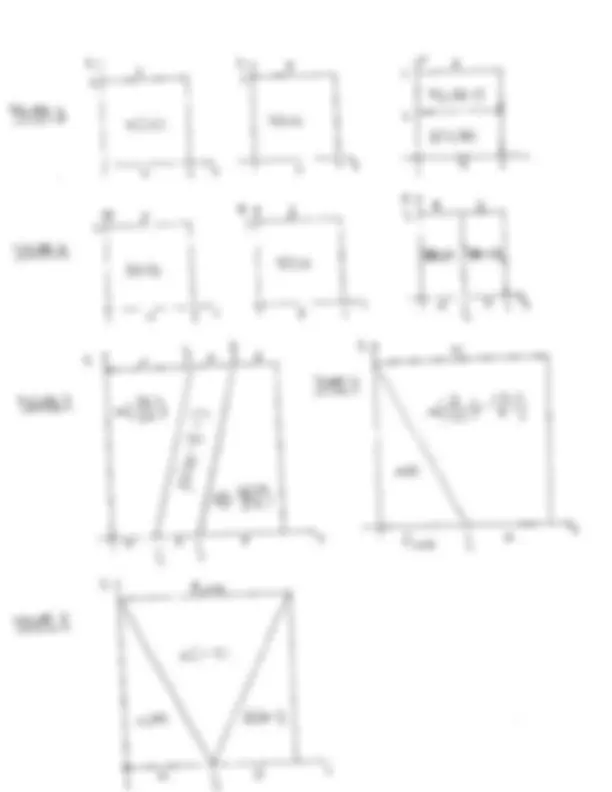




Study with the several resources on Docsity

Earn points by helping other students or get them with a premium plan


Prepare for your exams
Study with the several resources on Docsity

Earn points to download
Earn points by helping other students or get them with a premium plan
Community
Ask the community for help and clear up your study doubts
Discover the best universities in your country according to Docsity users
Free resources
Download our free guides on studying techniques, anxiety management strategies, and thesis advice from Docsity tutors
Material Type: Exam; Class: Geometry and Topology.; Subject: MATHEMATICAL SCIENCE; University: Ball State University; Term: Fall 2009;
Typology: Exams
1 / 4

This page cannot be seen from the preview
Don't miss anything!



Part I: TAKE-HOME
MATHS 441 Dr. Fischer
Due: December 11, 2009
(a) Equivalence of paths is an equivalence relation. (b) [α] ∗ [β] = [α · β] is a well-defined operation on equivalence classes which are represented by paths whose endpoints match appropriately. (c) ([α] ∗ [β]) ∗ [γ] = [α] ∗ ([β] ∗ [γ]) for all equivalence classes which are repre- sented by paths whose endpoints match appropriately.
(a) Show that any one relation is redundant. (b) Show that G is abelian if and only if G is isomorphic to Z.
[Hints and reminders of some definitions are attached!]
Definitions: Here is a more mathematical definition of equivalence of paths: two continuous functions α : [0, 1] → X and β : [0, 1] → X are called equivalent, denoted α ∼ β, if there is a continuous function H : [0, 1] × [0, 1] → X, defining a path Ht(s) = H(s, t) at each time t, such that (i) H(s, 0) = α(s) for all s ∈ [0, 1]; (ii) H(s, 1) = β(s) for all s ∈ [0, 1]; (iii) H(0, t) = α(0) = β(0) at all times t; (iv) H(1, t) = α(1) = β(1) at all times t. Concatenation of paths is defined as follows: if the path α : [0, 1] → X ends where the path β : [0, 1] → X begins, i.e., if α(1) = β(0), we may define the concatenation α · β of α and β to be the path which first runs through α and then through β (each twice as fast):
(α · β)(s) =
α(2s) for 0 6 s 6 1 / 2
β(2s − 1) for 1/ 2 6 s 6 1
Hints: